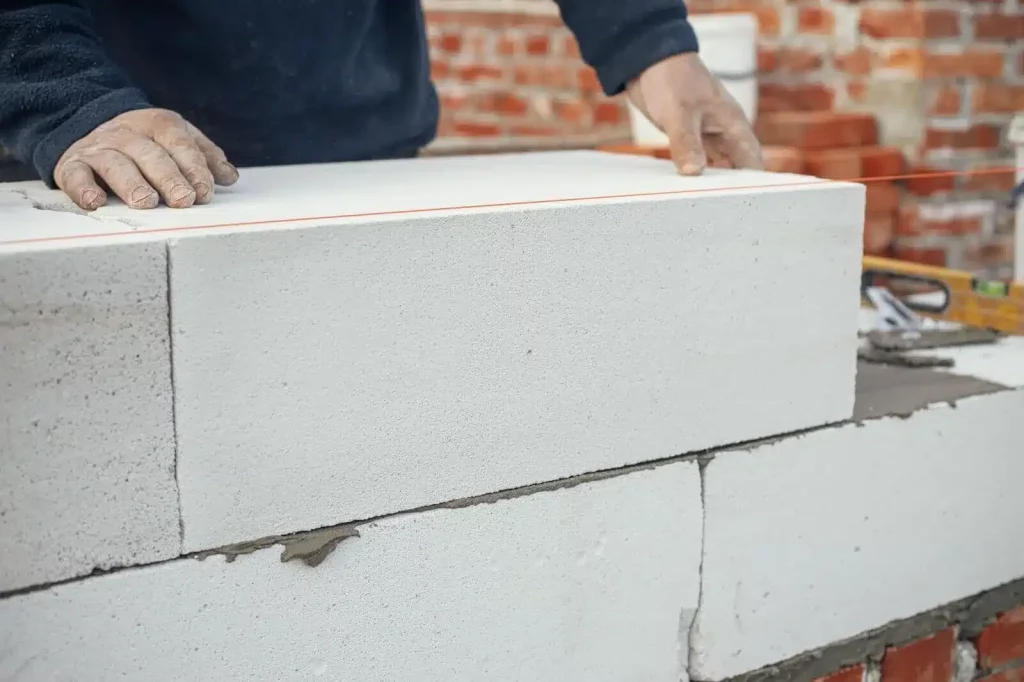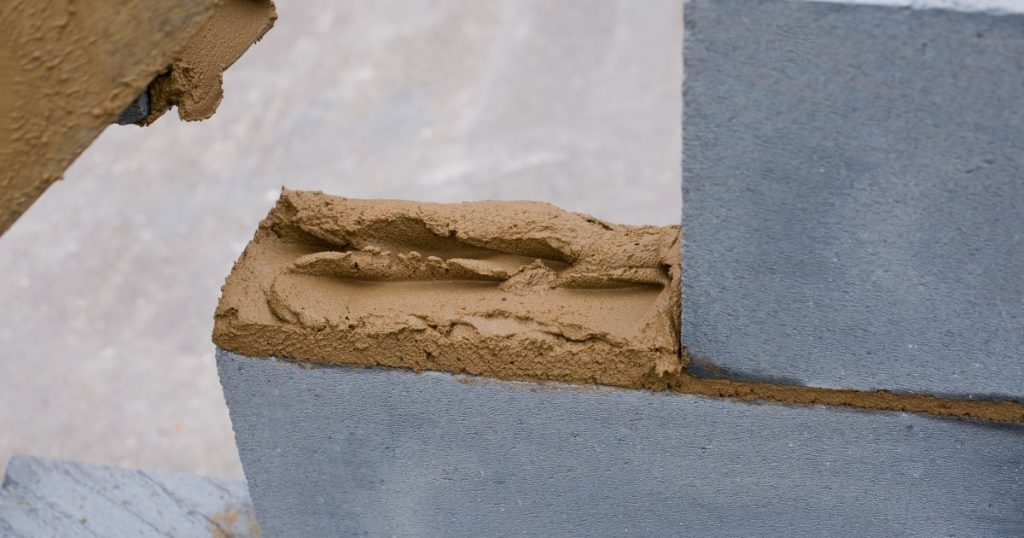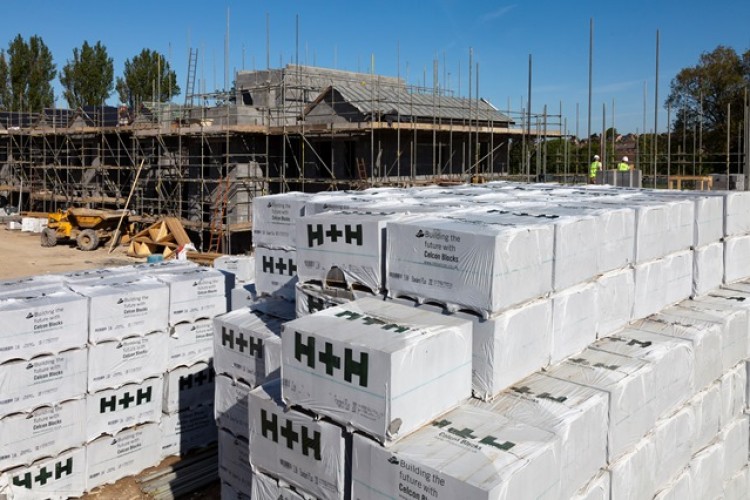Celcon and Thermalite are prominent brand names in the construction industry, offering lightweight building materials for various structural applications. Celcon blocks, crafted from calcium silicate, are favored for their strength and insulation capabilities, commonly employed in load-bearing walls and partitions.
On the other hand, Thermalite blocks, composed of cementitious material and pulverized fuel ash (PFA), exhibit similar attributes, such as insulation and lightweight properties, making them suitable for wall construction. The choice between Celcon and Thermalite depends on factors like project specifications, local building codes, cost, and availability.
Celcon! A Deeper Insight

Celcon, also recognized as aircrete, is a type of autoclaved aerated concrete (AAC) characterized by its lightweight yet robust nature. Its composition primarily consists of:
- Sand: Provides texture and stability to the material.
- Cement: Serves as the binding agent, holding the components together.
- Lime: Enhances workability and contributes to the material’s durability.
- Aluminum Powder: This crucial ingredient reacts with other components during the manufacturing process, forming hydrogen bubbles. These bubbles create a cellular structure within the material, which imparts its lightweight properties.
The manufacturing process involves mixing these ingredients and subjecting the mixture to high-pressure steam in an autoclave. This process triggers a chemical reaction wherein the aluminum powder reacts with lime and moisture, generating hydrogen gas.
These gas bubbles expand within the mixture, resulting in the formation of numerous small air pockets throughout the material, giving it a porous, lightweight structure.
Advantages
Insulation Properties
The porous nature of Celcon lends itself to exceptional thermal insulation. Its air-filled voids create a barrier against heat transfer, contributing to energy efficiency by maintaining stable indoor temperatures. This quality makes it an ideal choice for buildings in diverse climates, reducing reliance on heating or cooling systems.
Strength and Durability
Despite being lightweight, Celcon exhibits commendable strength and durability. Its cellular structure contributes to its robustness, making it suitable for load-bearing applications. This strength ensures structural integrity while allowing for ease of handling during construction.
Fire Resistance
Celcon possesses inherent fire-resistant properties. Its composition and cellular structure enable it to withstand high temperatures, reducing the risk of fire propagation within buildings. This characteristic significantly enhances safety measures in construction projects.
Applications
Celcon’s versatility makes it suitable for various construction applications:
Internal and External Walls: Its insulation properties make Celcon blocks an excellent choice for constructing walls, providing thermal comfort to occupants.
Partition Walls: Its lightweight nature facilitates easy installation for partition walls, offering both structural support and thermal insulation within buildings.
Load-Bearing Structures: Celcon’s strength enables its use in load-bearing structures, contributing to the structural stability of the building.
Insulation Panels: Celcon blocks or panels are utilized to create insulated partitions or cladding systems, enhancing a building’s energy efficiency.
Residential and Commercial Buildings: Whether for homes or larger commercial structures, Celcon’s properties make it a versatile and efficient building material suitable for a wide range of construction projects.
Thermalite! A Deeper Insight
Thermalite, similar to Celcon, is a form of autoclaved aerated concrete (AAC) renowned for its lightweight yet durable characteristics. Its composition includes:
Sand: Provides structure and stability to the material.
Cement: Serves as the binding agent, holding the components together.
Pulverized Fuel Ash (PFA): A key ingredient derived from coal combustion, PFA is a byproduct used in Thermalite’s production. It contributes to the material’s unique properties and environmentally friendly characteristics.
Similar to Celcon, Thermalite undergoes a manufacturing process involving the combination of these components and a curing process under high-pressure steam. This process induces a chemical reaction that forms air bubbles within the mixture, resulting in a porous structure, which is responsible for its lightweight nature.
Advantages
Thermalite boasts commendable thermal insulation properties, similar to Celcon. Its porous structure traps air within the material, creating a barrier against heat transfer. This contributes to maintaining consistent indoor temperatures, reducing the need for excessive heating or cooling systems, and thereby enhancing energy efficiency in buildings.
One of Thermalite’s notable advantages lies in its availability in various block sizes and strengths. This versatility allows architects and builders flexibility in design and construction, enabling customization to suit specific project requirements.
Thermalite blocks exhibit good resistance to moisture. This quality helps mitigate the risk of dampness within buildings, making it suitable for use in areas prone to moisture exposure or in regions with high humidity levels.
Applications
Thermalite finds extensive usage across various construction applications:
Internal and External Walls: Its thermal insulation properties make Thermalite blocks an excellent choice for constructing both interior and exterior walls, aiding in maintaining comfortable indoor temperatures.
Partitions: Its lightweight nature and versatility in block sizes make it ideal for creating partitions within buildings, offering structural support and insulation.
Foundations: Thermalite blocks are utilized in foundation walls due to their strength and durability, contributing to the stability of the building’s base.
Load-Bearing Walls: Its strength and resistance to moisture make Thermalite blocks suitable for load-bearing walls, providing structural support and thermal insulation.
Cavity Wall Construction: Thermalite is commonly used in cavity wall construction, where two walls with a gap between them are built, offering enhanced thermal and sound insulation.
Choosing Between Celcon and Thermalite! Factors to Consider

Celcon’s cellular structure provides excellent thermal insulation properties due to its porous nature. It effectively traps air within its structure, making it a preferred choice in situations where superior insulation is a priority. Buildings in regions with extreme climates or where energy efficiency is a primary concern can benefit significantly from Celcon’s enhanced insulation capabilities.
Thermalite also offers good thermal insulation, similar to Celcon. However, the level of insulation might differ slightly between the two materials. For projects where insulation is a concern but not the primary focus, Thermalite can still offer adequate thermal performance while providing other benefits.
Strength and Load-Bearing Requirements
Celcon’s composition grants it remarkable strength despite its lightweight nature. When load-bearing capabilities are a significant consideration, especially in structural elements like walls or foundations, Celcon’s strength can be advantageous. It provides structural stability without compromising on the weight-bearing capacity of the construction.
While Thermalite also possesses strength suitable for many load-bearing applications, its specific strength might differ from Celcon. For projects where a slightly lower load-bearing requirement exists or where flexibility in load-bearing needs is more crucial than maximum strength, Thermalite might suffice.
Moisture and Environment
Celcon offers standard moisture resistance. It’s essential to assess the building’s location and potential exposure to moisture. In areas prone to high humidity or moisture ingress, additional moisture-resistant properties might be necessary beyond Celcon’s standard capabilities.
Thermalite boasts good resistance to moisture, making it a suitable choice for regions where moisture intrusion is a concern. It can be beneficial in areas with higher humidity levels or buildings susceptible to moisture-related issues, providing added protection against dampness.
Design Flexibility
Celcon may have more limitations in terms of block sizes and strengths compared to Thermalite. If your project demands a diverse range of block sizes or specific strengths for design flexibility or customization, Thermalite’s availability in various sizes and strengths might be more suitable.
Thermalite’s versatility in offering different block sizes and strengths provides flexibility in design and construction. This flexibility enables architects and builders to tailor the construction according to specific project requirements without compromising structural integrity.
Conclusion
The choice between Celcon and Thermalite depends on a careful evaluation of project-specific needs. Celcon shines in situations demanding enhanced insulation and superior strength, especially for load-bearing applications.
On the other hand, Thermalite excels in offering versatility in block sizes and strengths, good thermal insulation, and moisture resistance, making it a more adaptable option for various project designs and environments.
Consulting with construction experts and considering these factors holistically is crucial in selecting the ideal material that aligns with the project’s specific requirements and goals.











